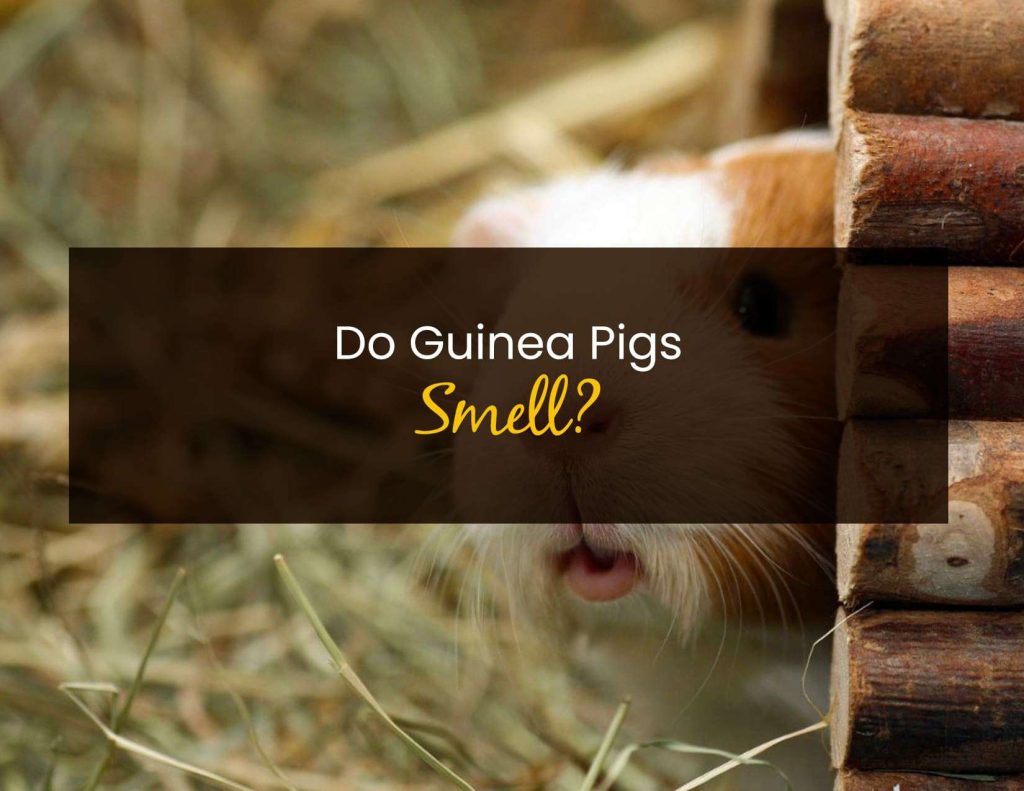For any pet owner, one of the top priorities is to make sure that your pet is as comfortable as possible in your home. You want plenty of space for them, high-quality food, and of course, the proper housing. When it comes to crested geckos, what are the best cages for them?
For crested geckos, the best cages include either a vivarium, a screen cage, or an aquarium that has been tweaked a bit to provide proper ventilation. Either will work well for your crested gecko, simply choose one that works best with your home and the space you plan to keep the cage.
Crested geckos are, for the most part, very easy pets to keep and will be with you for years to come. Because of this, it is imperative that they are placed in the proper cage to allow them the ability to live naturally within captivity. Continue reading to discover the different types of cages for crested geckos, what size a cage should be, what should be within the cage, and where is best for it to be placed.
What are the Different Types of Cages for Crested Geckos?
There are a few options out there when it comes to cages for your crested gecko. Each has a different advantage that may suit you and your gecko best considering the space you plan to put the cage in and how much room you have to spare. It is important to be sure that the cage fits well in your home, but also that it is the proper size with all the right additions to make the cage a home for your little gecko. Let’s take a look at three options.
Vivariums
A vivarium is the most common type of cage used for crested geckos. They are used most often for smaller animals and even more for different reptiles and amphibians. They are made to mimic the natural environment of these types of animals by being designed in a way that causes them to be vertical rather than long and wide. This helps especially for crested geckos as they can climb upward and stay off of the substrate as they please.
Aquariums
This may sound like a more roundabout type of cage for a crested gecko, but it is one that can work well with the right adaptations. The most important aspect to include in an aquarium is to make sure it has proper ventilation. Once you have this established, the aquarium can be set up just as a vivarium would be with the proper substrate at the bottom with plenty of different plants and climbing limbs for your crested gecko.

Screen Cages
If you are living in an area that has moderate or even light humidity, a screen cage can work very well for housing your crested gecko. The great thing about screen cages is that they are very light and are very easy to clean. These types of cages give plenty of air for the gecko and do just as well accommodating the needed items to ensure that your gecko has enough plants and climbing spaces to thrive.
What Size Should a Crested Geckos Cage Be?
Crested geckos are not large pets by any means. This one of the biggest draws for people who are wanting a pet, but don’t want to commit to something so large that they take up a noticeable amount of space within their home. Crested geckos, on average, grow to be anywhere from 5-8 inches and weigh 25-55 grams. Although they may be small, their size still needs to be considered to find a cage that is appropriately sized.
For juvenile crested geckos that weigh between 10 and 25 grams, an appropriately sized cage would be anywhere from 7-10 gallons. This gives them enough space to be able to find food easily without having to search over a vast area. Juvenile crested geckos actually need a smaller enclosure for this reason alone. They are also still in a developmental stage which means they are only learning to climb and don’t need a ton of space to practice.
This type of cage would be for crested geckos that weigh 25 grams or more. For a crested gecko of this size, a 20-gallon enclosure is necessary to match their size to adequate space. This may sound like a large increase, but your gecko will only thrive if it has enough room to behave naturally in its captive environment. Juveniles may not need an excessive amount of space for climbing, but adults are more experienced and desire the extra room.
What Should be Inside a Crested Gecko’s Cage?
A crested gecko is not very fussy when it comes to its care, but they are particular about their environment. Crested geckos originate from tropical rainforests and live in very moist, very humid environments in the wild. They love to hide and sleep during the day under lush greenery and scamper about the substrate to find their meals at night. Because of this, even those in captivity need an environment that mimics one of their natural habitats.
Substrate
You want to start from the bottom up with the inside of your crested gecko’s cage. For crested geckos that are below 15 grams, you will need a substrate that is not is not easily consumed by them while they feed in order to avoid impaction. The best option here (because it will only be temporary until they grow into adults) is to have a paper towel substrate. It may not be beautiful, but it is absorptive, inexpensive, and presents no risk for impaction.
If you have a crested gecko that is above 15 grams, a natural substrate is completely appropriate. Impaction is much less of a worry once they have reached adulthood due to a more developed digestive system, so a more natural substrate like shredded coconut substrate should not be of any issue to your little lizard. This should be added to the bottom of the cage and after it has been laid, you can move on to filling the cage.
Filling the Cage
Once you have your substrate established, you need to try to make the cage of your crested gecko as natural as possible. Crested geckos are very keen on climbing and thus need different additions within their cages to help encourage this behavior to allow them to release energy. The best items for climbing are either natural wood pieces or sturdy prefabricated items that have plenty of grip to them.
These twigs and logs should be placed in a way that allows your crested gecko to climb upward, but also gives them enough room to jump from place to place. These branches and logs also work as different hiding spots for your gecko which should also be made more prolific through the placement of different plants within the cage.
Plants are essential to help give your crested gecko cover, but they are also key to keeping your gecko hydrated. Crested geckos love to sip the moisture off of leaves within their habit, therefore, plants within their cage work dully to provide cover, but also always provide hydration for your thirsty pet after a long night of running about.
One last item to add to your crested gecko’s cage is a Repti-Ledge. These are small, elevated ledges that many geckos drink from water bowls at, feed at, and even rest on in between those feedings. It is a flat surface to keep clean water as well as any premixed food, helping to keep those items off the floor and free of droppings.

Where Should a Crested Gecko’s Cage be Placed?
Because of the vertical shape of a crested gecko’s cage, it makes placement relatively easy within any space due to its narrowness. This may leave owners inclined to place the cage in any spot that it will fit, however, there are some places that are better than others. This doesn’t mean that your crested gecko has to sit right at the kitchen table, but take a look at these suggestions that will likely make your life easier and will certainly benefit your gecko.
Place the Cage in an Area Exposed to a Full Day and Night Light Cycle
Crested geckos, as you know, are nocturnal animals. Because of this, they need to experience a full day and night light cycle in order to conduct their natural behaviors properly. Place the cage in an area that is exposed to this, but also be sure to leave it out of direct sunlight. Direct sunlight can overheat the cage and potentially cause a heat stroke.
Place the Cage in an Area With Consistent Temperatures
A crested geckos cage should not be placed in areas like a garage, a shed, or even a closet. They must have a consistent temperature that does not fluctuate and one that is between 69 (for the low at night) and 78 (for the high during the day) degrees Fahrenheit. Drastic cool fluctuations can be just as harmful as drastic warm fluctuations.
Place the Cage at Waist Level or Higher
It may be tempting to place the cage of your crested gecko on the floor, but this should be avoided. Approaching them so far below you can cause them to run in fear as they view you as a predator. When they are brought to your height they are more comfortable with people approaching the cage and this can make handling your crested gecko much easier, but it also aids in making clean up of the cage and substrate not as strenuous.
Place the Cage in an Area with Low Daytime Traffic
For most of the daytime hours, crested geckos are going to be fast asleep. Their away times begin in the evening and go throughout the night. Therefore, during the day, they need a place that will afford them a bit of quiet so they can rest peacefully. This doesn’t mean they need complete silence, but placing them in an area that is not as active as your kitchen or living room will help to keep their peace.










